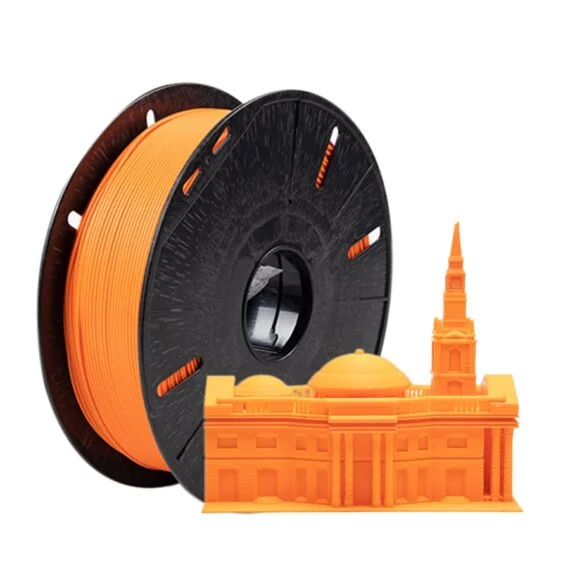business-services

June 27,2025 • 3 min read
Top 7 Advantages of Using Nylon for 3D Printing in 2025

In the evolving world of additive manufacturing, material choice is key to achieving performance, durability, and cost-efficiency. Among the many materials available, nylon 3D printing has emerged as a preferred solution for both industrial and functional prototypes. As we step into 2025, the benefits of using nylon for 3D printing are even more pronounced.
At Tesseract 3D, we specialise in delivering high-precision nylon 3D printed parts that meet today’s toughest industry standards. Let’s explore the top advantages of using nylon in 3D printing this year.
1. Exceptional Strength and Durability
Nylon is known for its superior mechanical properties. It offers high tensile strength and toughness, making it ideal for parts that must withstand mechanical stress, friction, or wear. Nylon’s durability outperforms PLA and ABS in most applications, especially in functional prototyping and end-use parts.
2. Flexibility Without Compromising Integrity
Unlike rigid materials, nylon offers flexibility that reduces brittleness. This makes it a go-to option for components like hinges, clips, and living parts. The ability to flex without breaking adds value in dynamic environments, including automotive and consumer products.
3. High Heat and Chemical Resistance
When compared to common 3D printing materials, nylon exhibits excellent resistance to heat and many chemicals. This characteristic enables its use in demanding environments such as industrial machinery or automotive engine compartments, where exposure to oils, fuels, and elevated temperatures is common.
4. Smooth Surface Finish and Post-Processing Flexibility
Nylon 3D printing results in a smoother surface finish compared to many other materials. It can be easily dyed, polished, or coated for enhanced aesthetics. At Tesseract 3D, we offer post-processing services that elevate the final appearance of nylon prints for both functional and visual applications.
5. Low Friction Coefficient
Thanks to its naturally low coefficient of friction, nylon is ideal for moving mechanical parts like gears, bearings, and sliders. It ensures long-term performance without requiring constant lubrication—making it a reliable material for engineering-grade parts.
6. Moisture Absorption Capabilities (When Controlled)
While nylon does absorb moisture, this trait can be beneficial when properly managed. Moisture helps in reducing brittleness and enhancing part flexibility. With proper drying protocols—followed strictly at Tesseract 3D—you can maintain dimensional accuracy and performance.
7. Cost-Effective for Functional Prototypes
With increasing demand for functional prototypes, nylon offers a cost-effective alternative to expensive machined parts. Its long-term durability and resistance to environmental factors mean fewer replacements and greater ROI over time.
Why Choose Tesseract 3D for Nylon 3D Printing?
At Tesseract 3D, we bring together cutting-edge 3D printing technology and expert material knowledge to deliver top-quality nylon printed components. Whether you're prototyping or producing end-use parts, our team ensures precision, consistency, and performance—every single time.
Conclusion
Nylon 3D printing in 2025 continues to redefine what’s possible in additive manufacturing. From strength and flexibility to cost-effectiveness and heat resistance, nylon remains one of the best materials for high-performance applications. Partner with Tesseract 3D to bring your vision to life with precision-engineered nylon parts.
Anil Kumar Details
User Profile
- Full name
- Anil Kumar
- Email address
- tesseract3dseo@gmail.com
- Join Date
- 2025-05-21
- State
- City
- Pincode
- Address
- Follow us on Facebook
- Follow us on Twitter
- Website Name
- Bio